Figures & data
Figure 1. Sigirr-/- mice show increased susceptibility to p19A colonization of the GI tract
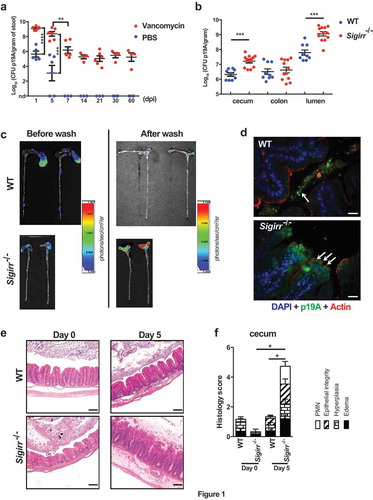
Figure 2. Acute infection with p19A worsens subsequent DSS-induced colitis in Sigirr -/- mice
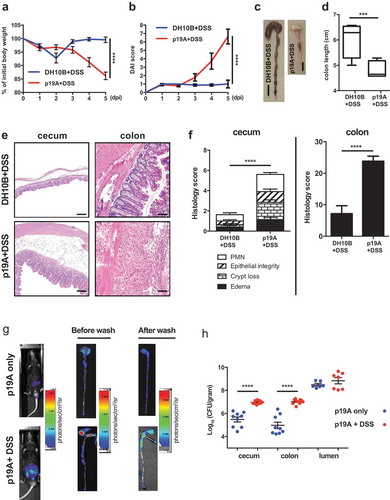
Figure 3. p19A’s ability to worsen DSS-induced colitis depends on two hemolysin genes
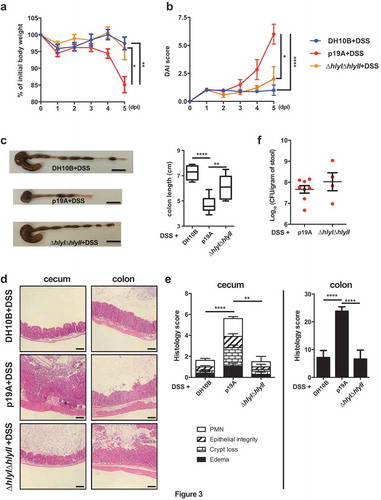
Figure 4. p19A’s potentiating effects on colitis depend on the adhesin FimH
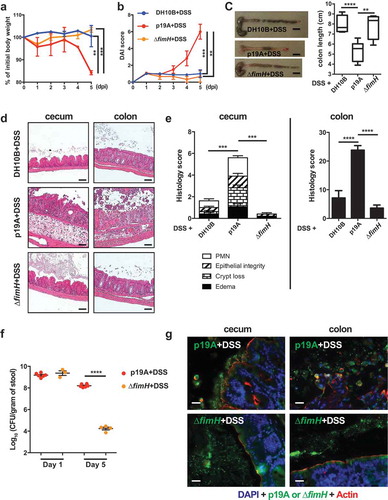
Figure 5. FimH antagonists prevent p19A from aggravating DSS-induced colitis
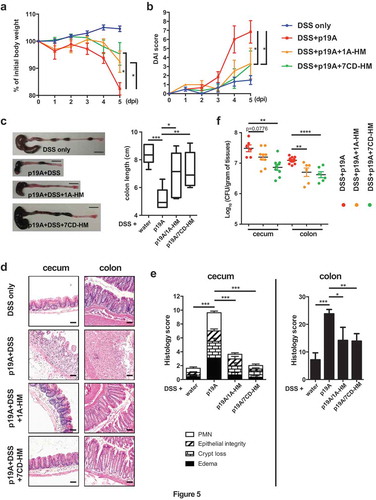
Table 1. Primers used for qPCR and construction of mutants
Supplemental Material
Download Zip (22.8 MB)Data availability statement
All data generated and reagents are available from the corresponding author on reasonable request.
